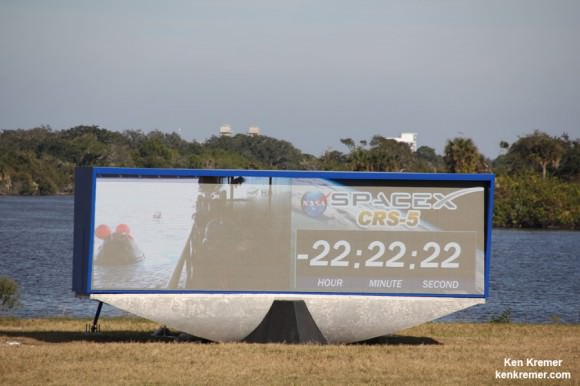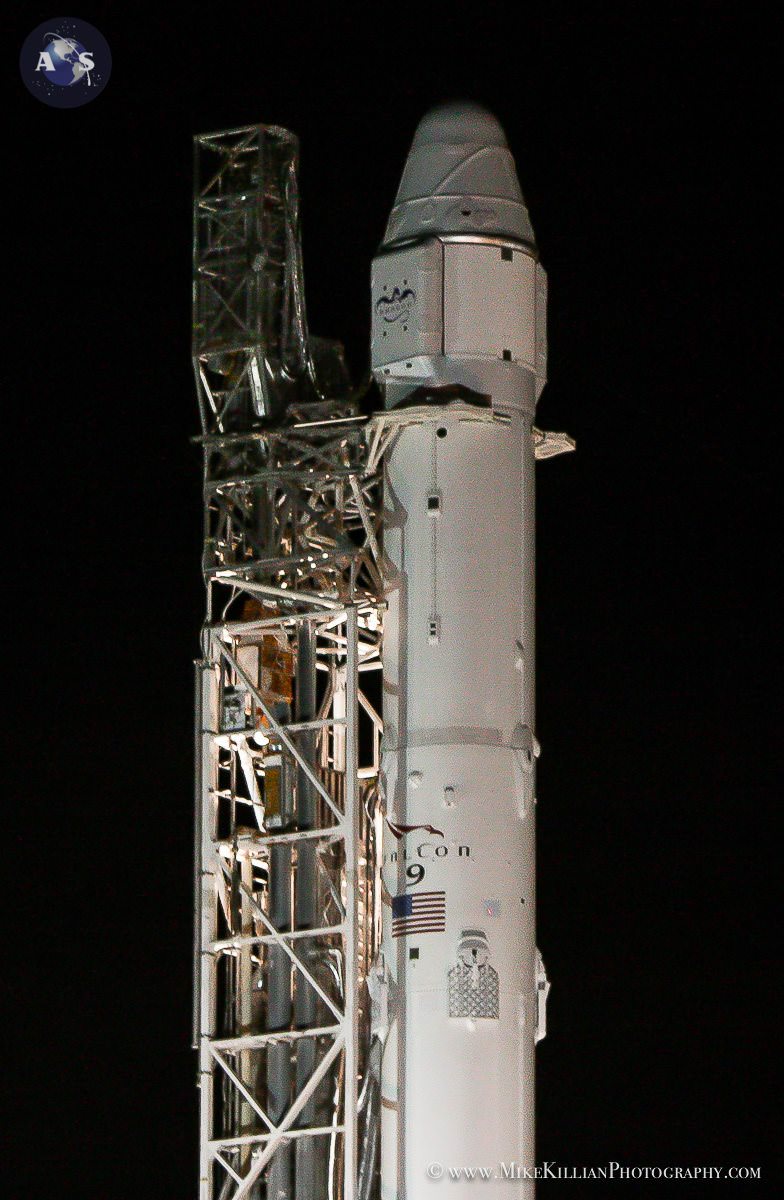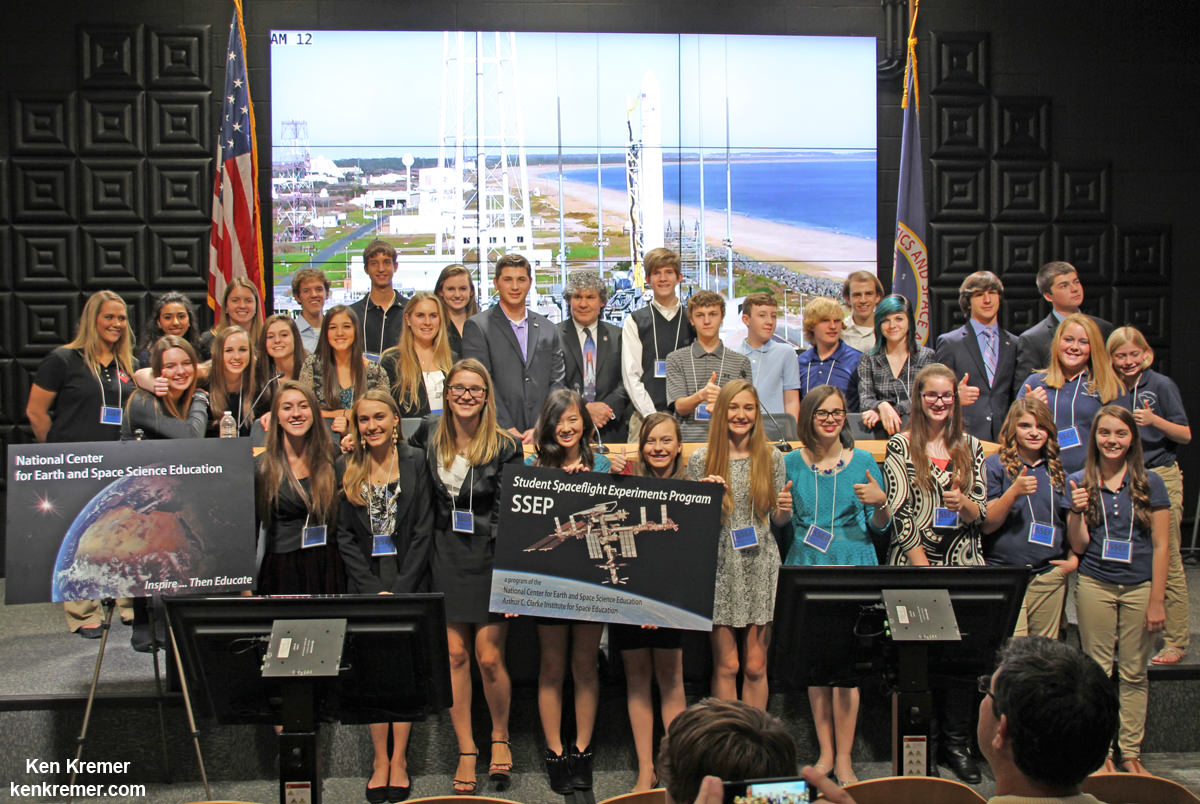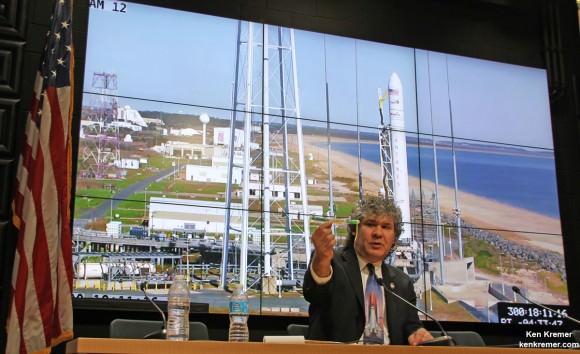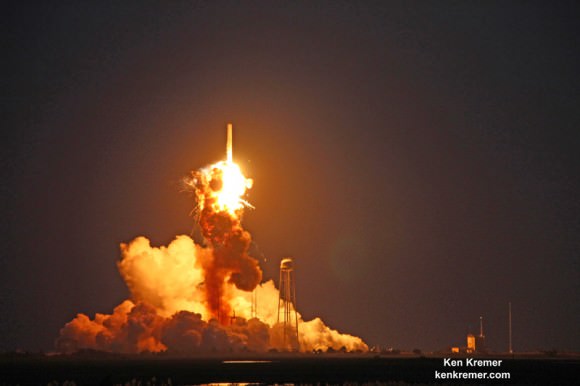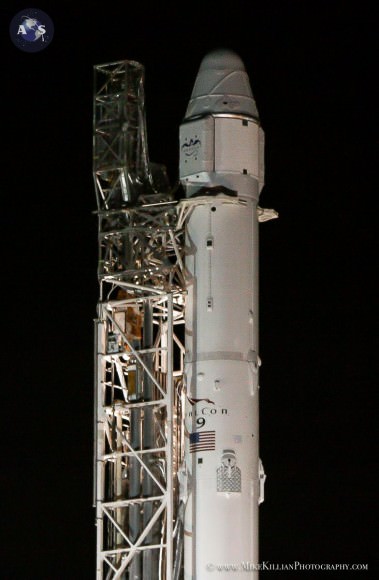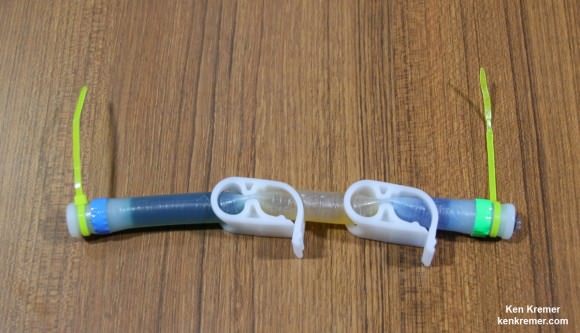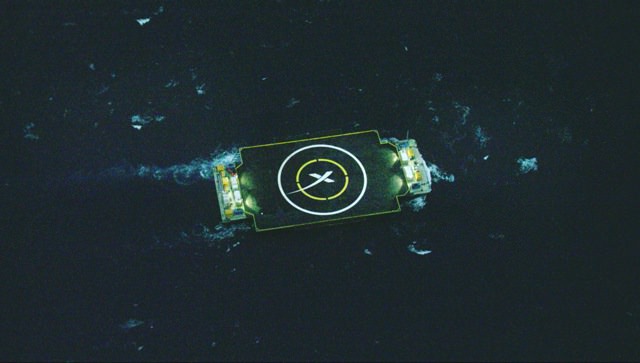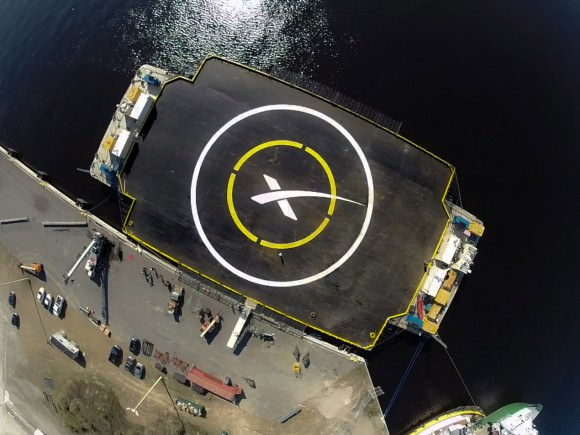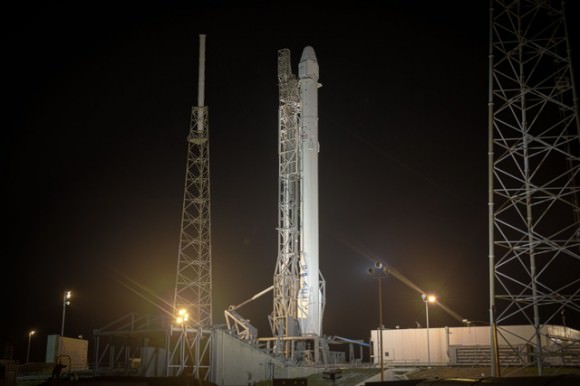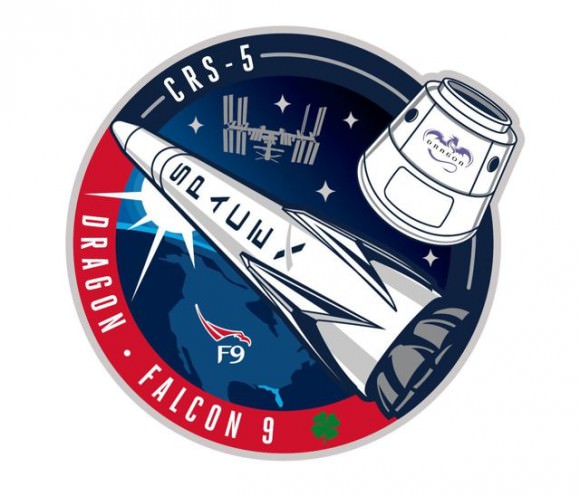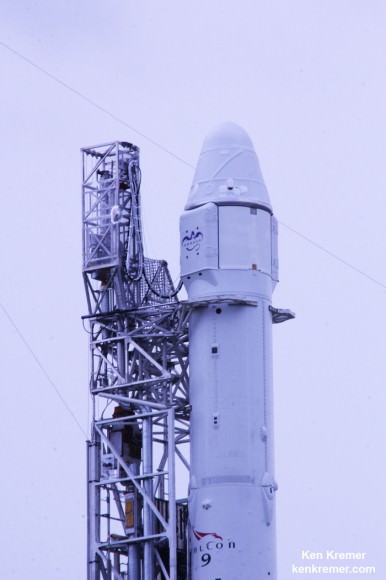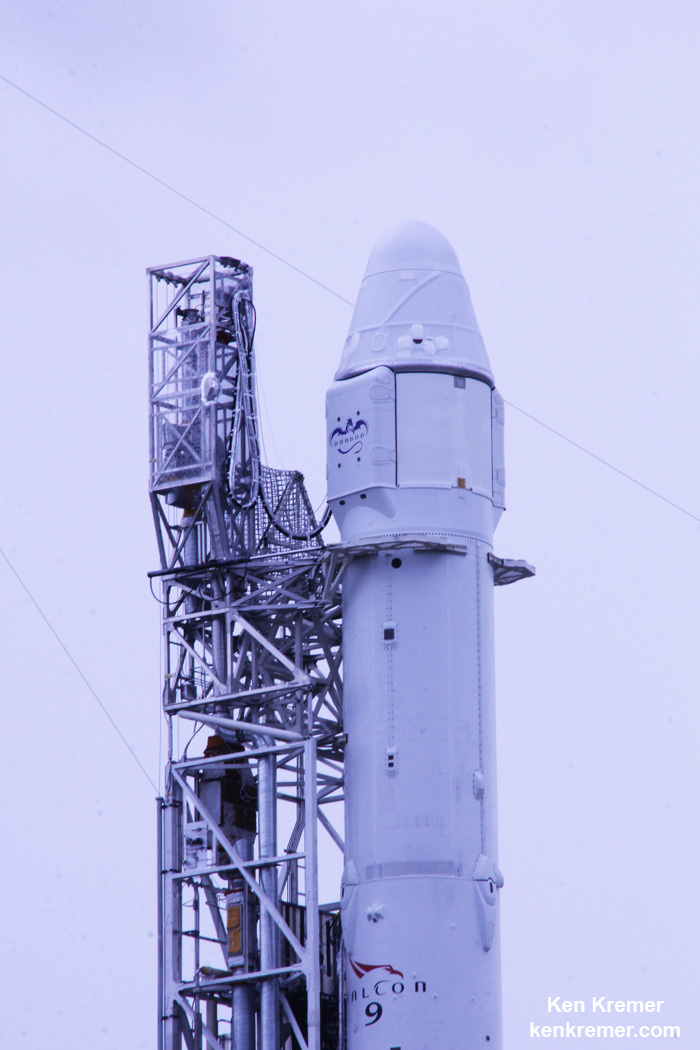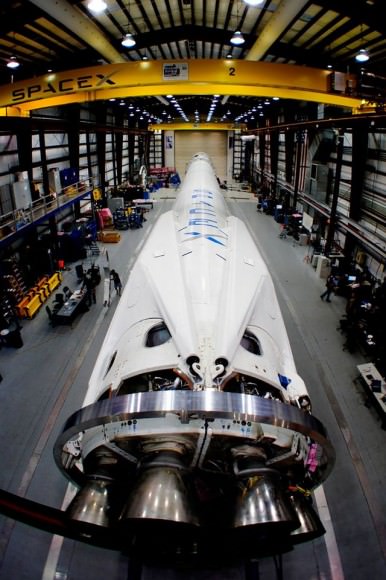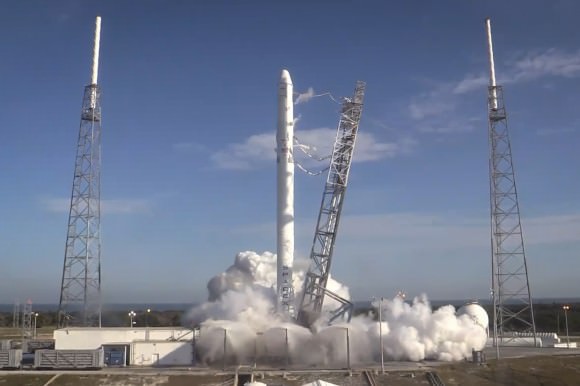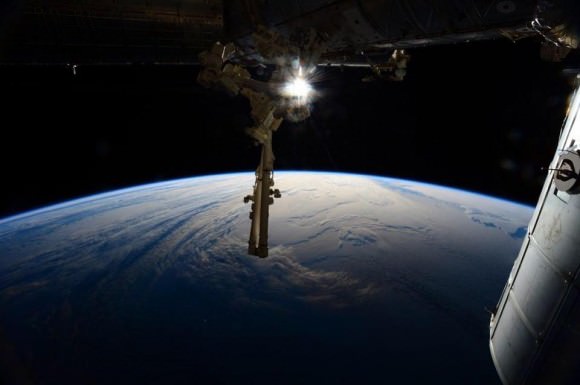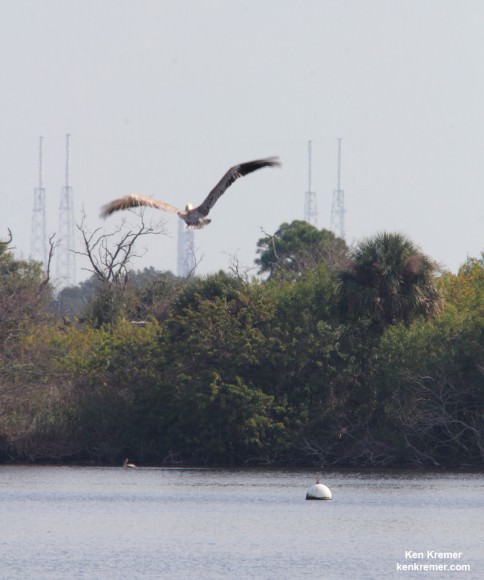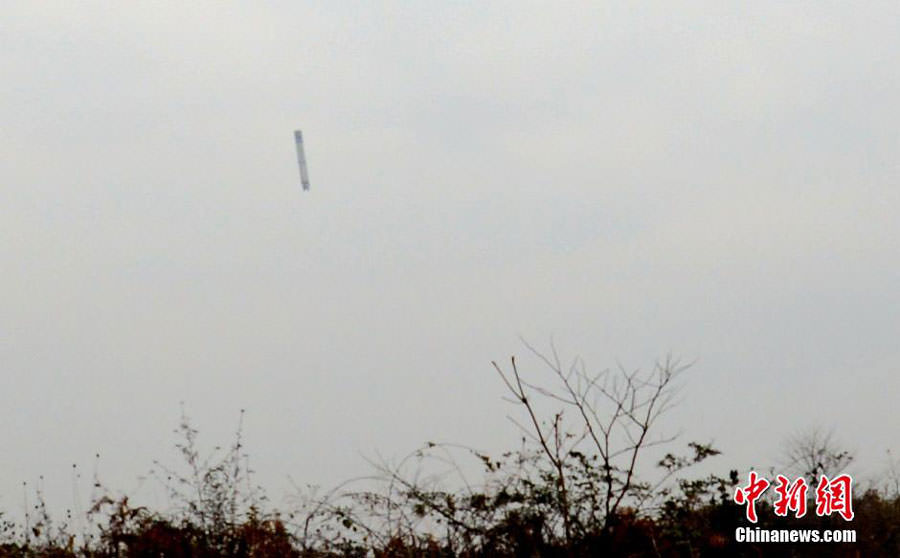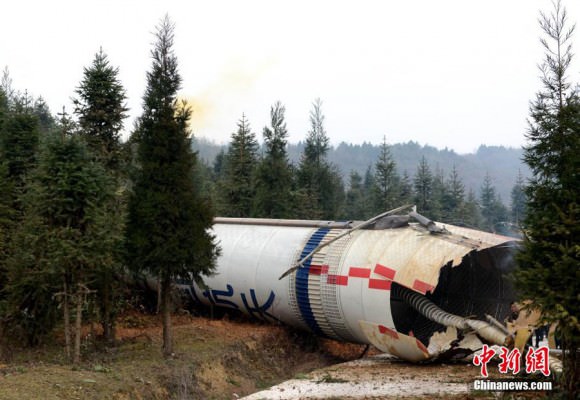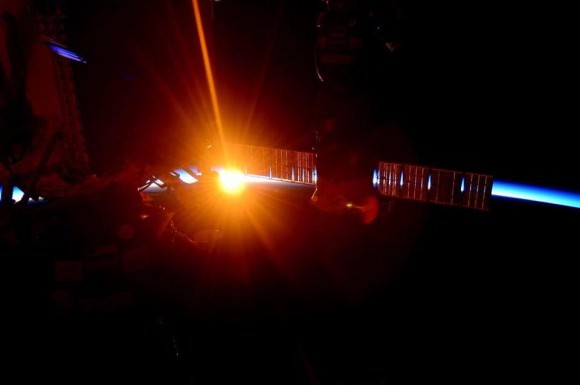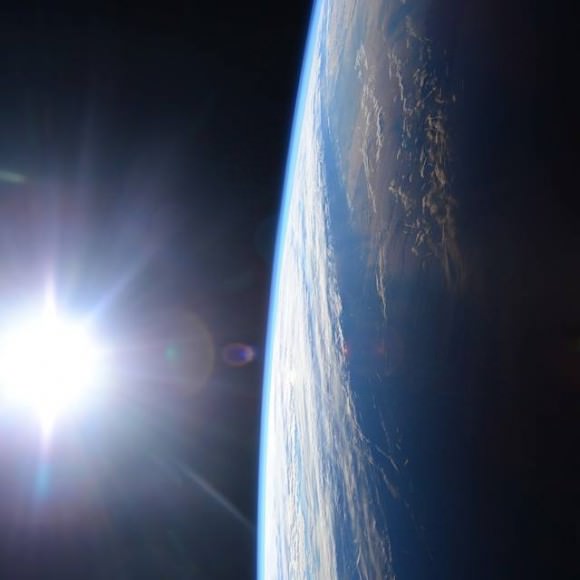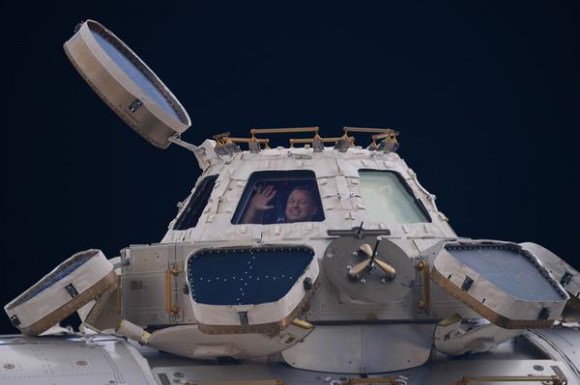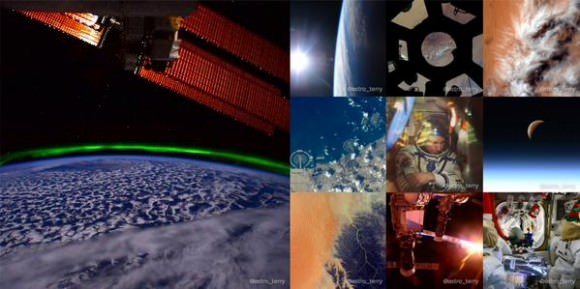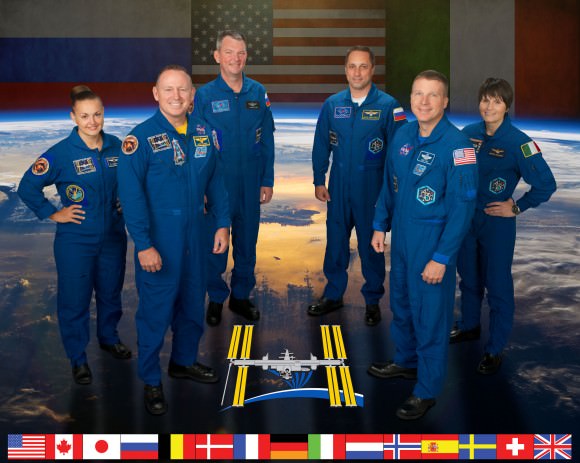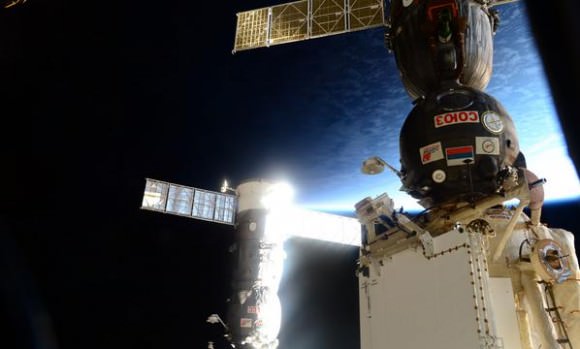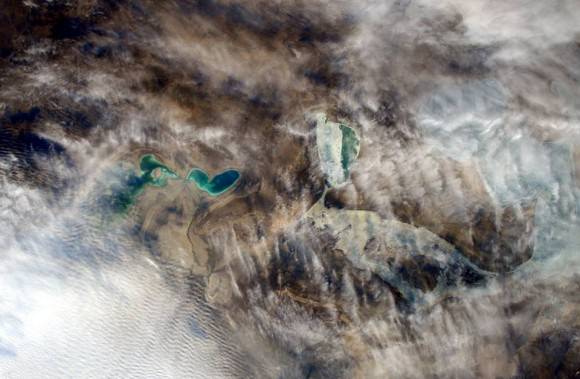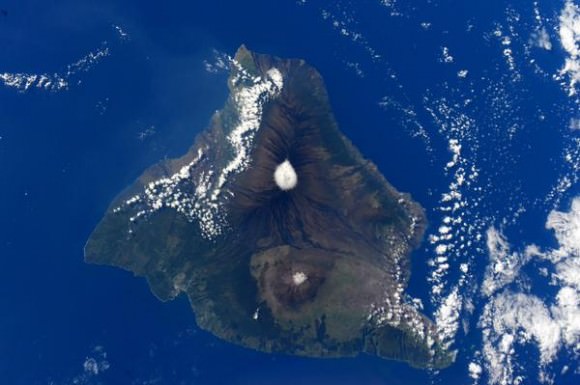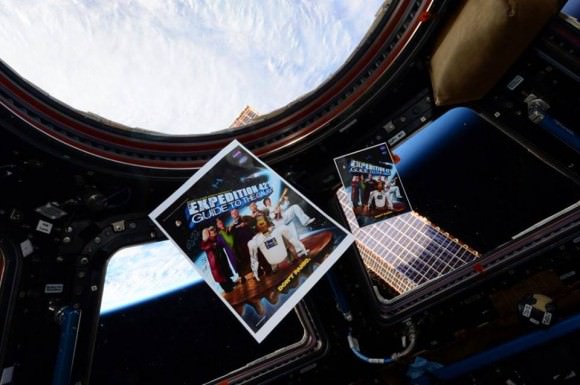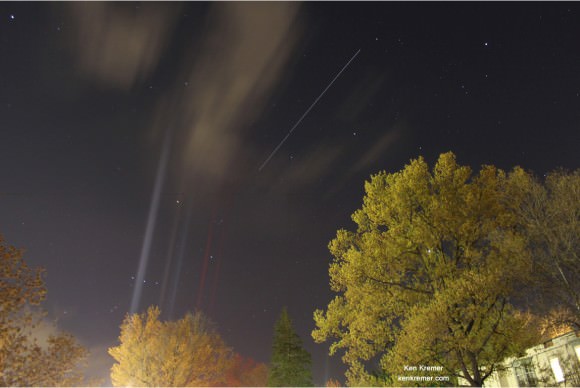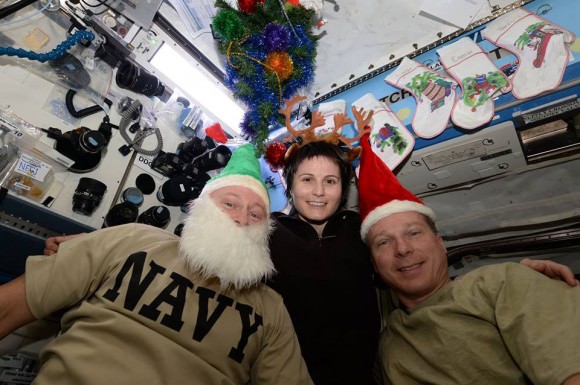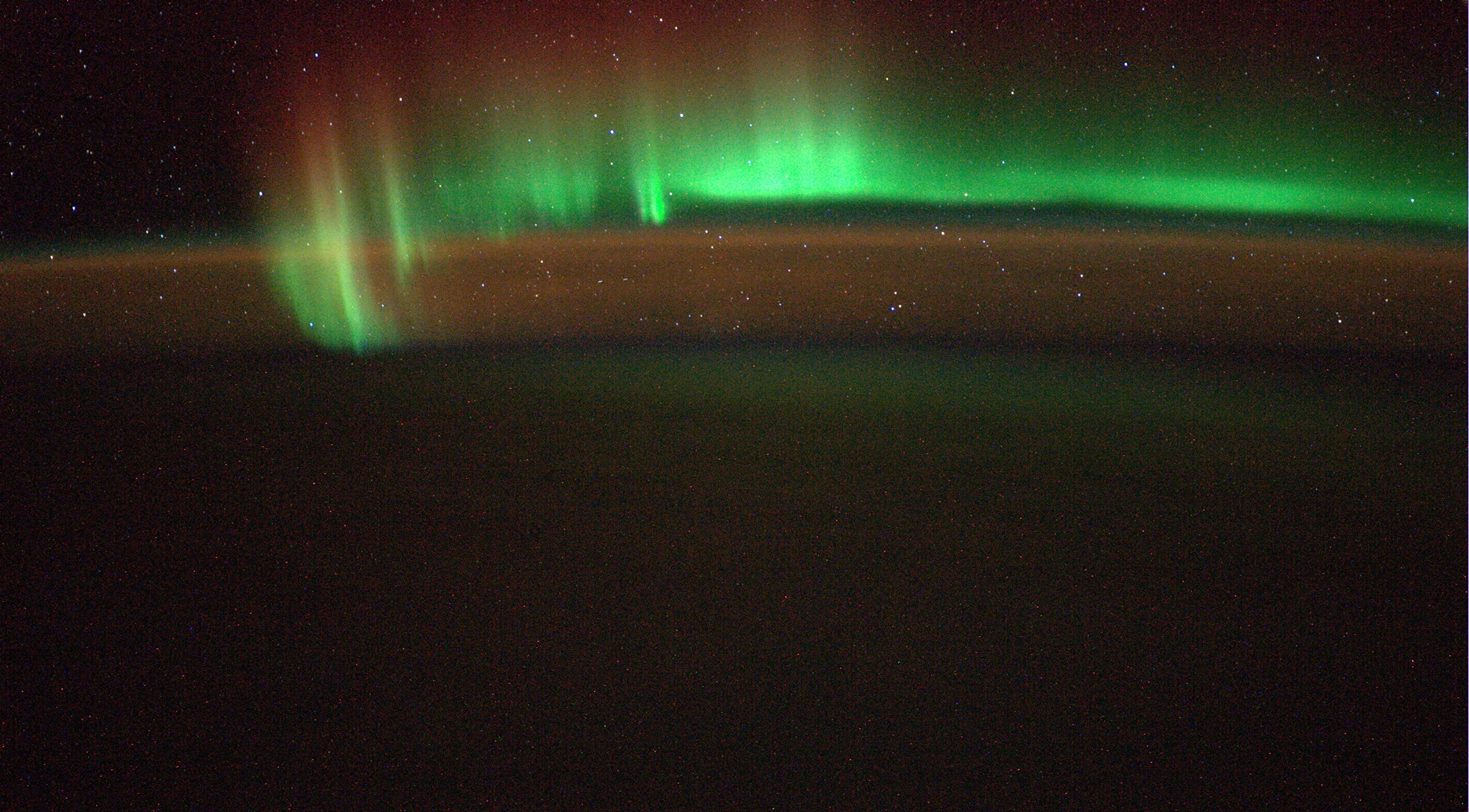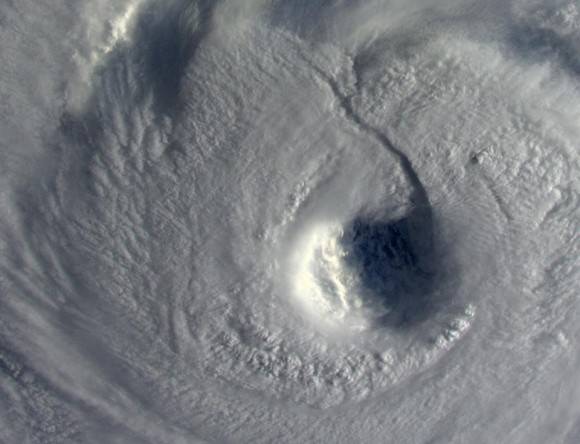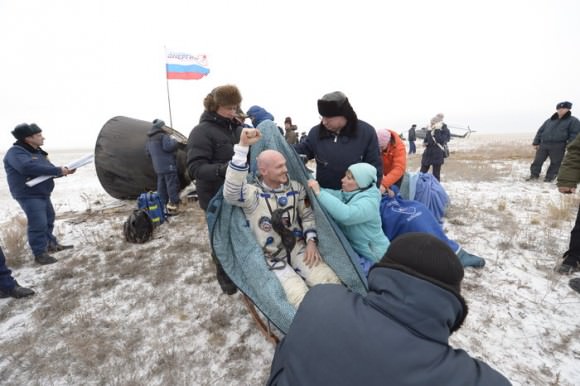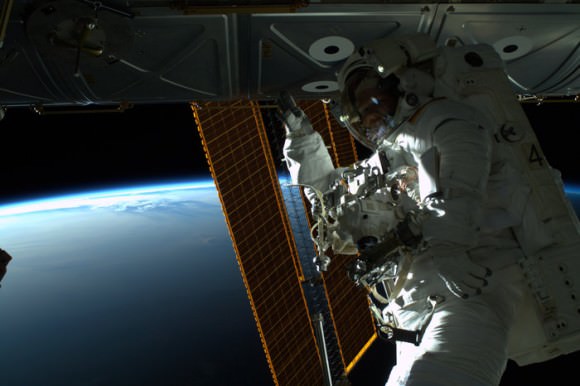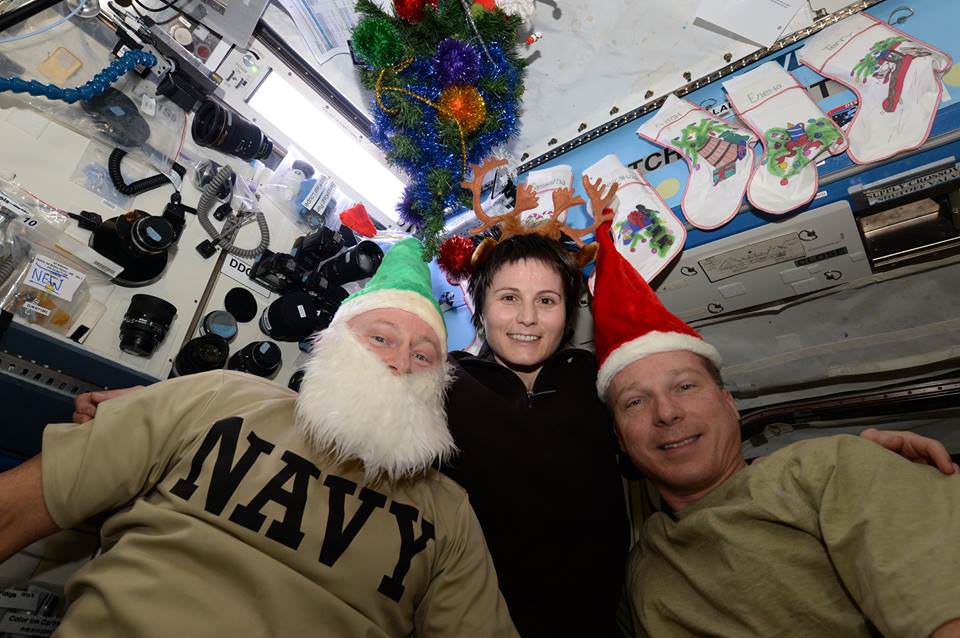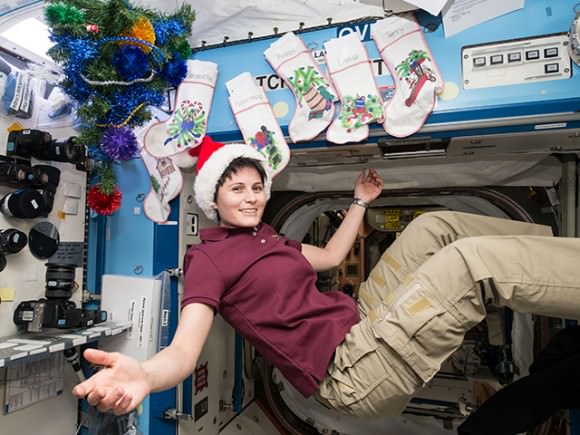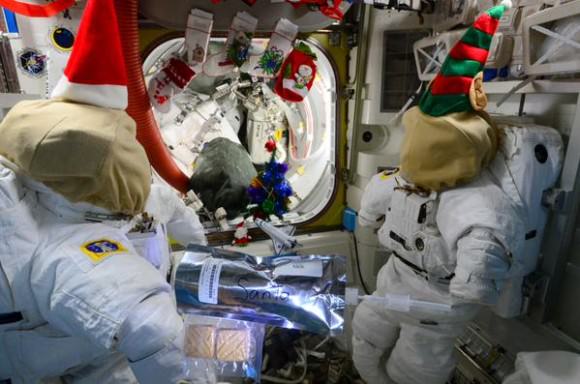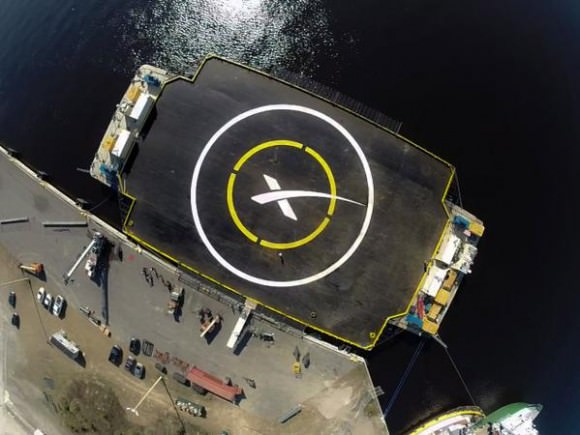The oft delayed launch of the SpaceX Falcon 9 rocket on the CRS-5 cargo resupply mission for NASA to the International Space Station (ISS) has been reset to Saturday, Jan. 10.
Liftoff is currently targeted for 4:47 a.m. EST Saturday, Jan. 10, from Space Launch Complex 40 at Cape Canaveral Air Force Station in Florida following a postponement from Friday, Jan. 9.
The launch was unexpectedly scrubbed with one minute, 21 seconds left on the countdown clock for technical reasons earlier this week just prior to the targeted blastoff time of 6:20 a.m. EST on Tuesday, Jan. 6.
A thrust vector control actuator for the Falcon 9’s second stage failed to perform as expected, resulting in a launch abort, said NASA.
NASA and SpaceX decided to take another day to fully evaluate the issue and ensure a launch success.
The launch will be the first Falcon 9 liftoff for 2015.
The overnight launch should put on a spectacular sky show for spectators along the Florida space coast.
There is only an instantaneous launch window available, meaning that the blastoff must proceed at that exact instant. Any delays due to technical issues or weather would force a scrub until at least Tuesday, Jan. 13.
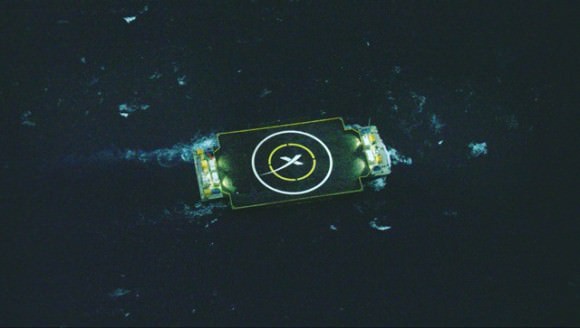
Overall, CRS-5 is the company’s fifth commercial resupply services mission to the International Space Station.
In additional to being a critical cargo mission required to keep the space station stocked with provisions for the crew and research experiments, the mission features a history making attempt to recover the first stage of the Falcon 9 rocket.
The rocket recovery and landing attempt is a key step towards carrying out SpaceX CEO Elon Musk’s bold vision of rocket reusability.
Towards that end, SpaceX dispatched the “autonomous spaceport drone ship” sailing at sea towards a point where Musk hopes it will serve as an ocean going landing platform for the precision landing of his firm’s Falcon 9 rocket after it concludes its launch phase to the ISS.
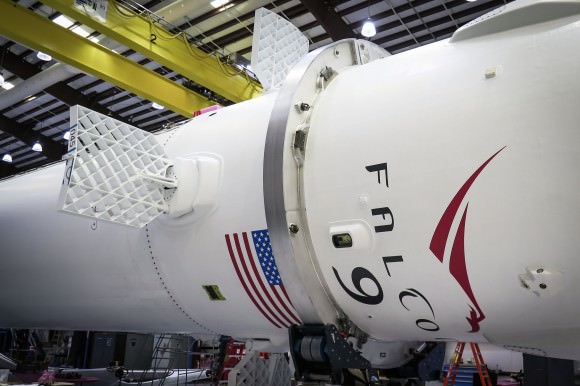
The “autonomous spaceport drone ship” departed the port of Jacksonville, FL, on Saturday, Jan. 3, heading to a point somewhere around 200 to 250 miles or so off the US East coast in a northeasterly direction coinciding with the flight path of the rocket.
However, the absolute overriding goal of the mission is to safely deliver NASA’s contracted cargo to the ISS, emphasized Hans Koenigsmann, VP of Mission Assurance, SpaceX, at a media briefing on Jan. 5 at the Kennedy Space Center.
Landing on the off-shore barge is just a secondary objective of SpaceX, not NASA, he repeated several times.
The Dragon CRS-5 spacecraft is loaded with over 5108 pounds (2317 kg) of scientific experiments, technology demonstrations, crew supplies, spare parts, food, water, clothing, and assorted research gear for the six person crew serving aboard the ISS.
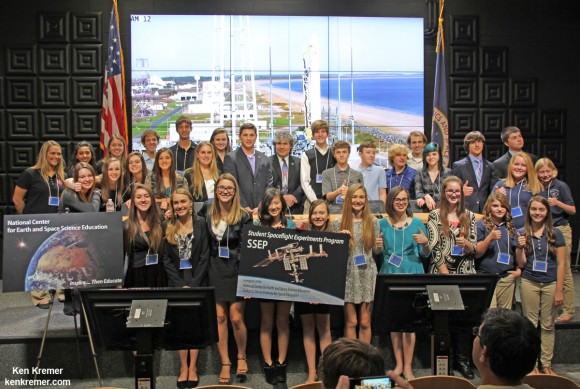
Among the payloads is the Cloud-Aerosol Transport System (CATS), a remote-sensing laser instrument to measure clouds and the location and distribution of pollution, dust, smoke, and other particulates and aerosols in the atmosphere.
Also loaded onboard are 17 student experiments known collectively as the “Yankee Clipper” mission. The experiments are sponsored by the National Center for Earth and Space Science Education which oversees the Student Spaceflight Experiments Program (SSEP) in partnership with NanoRacks LLC.
They had been selected to fly aboard the Orbital Sciences Cygnus Orb-3 spacecraft bound for the ISS, but were all lost when the rocket exploded unexpectedly after launch from NASA Wallops, VA, on Oct. 28, 2014.
The experiments have been reconstituted to fly on the CRS-5 mission.
The US supply train to the ISS is now wholly dependent on SpaceX until Cygnus flights are resumed hopefully by late 2015 on an alternate rocket, the Atlas V.
CRS-5 marks the company’s fifth resupply mission to the ISS under a $1.6 Billion contract with NASA to deliver 20,000 kg (44,000 pounds) of cargo to the station during a dozen Dragon cargo spacecraft flights through 2016 under NASA’s Commercial Resupply Services (CRS) contract.
The weather forecast stands at 80% GO for favorable conditions at launch time.
NASA Television live launch coverage begins at 3:30 a.m. EST on Jan. 10 at: http://www.nasa.gov/multimedia/nasatv/
SpaceX also will webcast the launch at: http://www.spacex.com/webcast/
Stay tuned here for Ken’s continuing Earth and planetary science and human spaceflight news.
